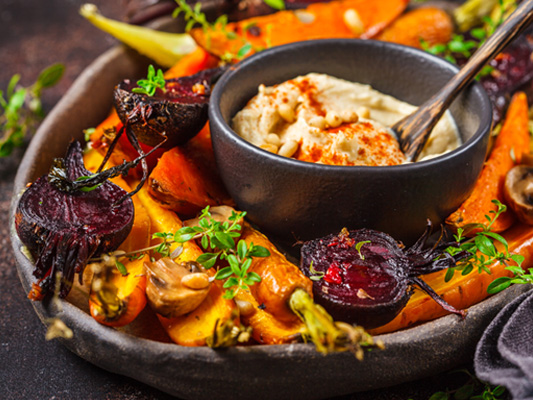You know, that irresistible craving for something delicious, even when you’re not really hungry? Yep, that’s mouth hunger! It’s all about those delightful sensations our taste buds crave, like a warm, gooey chocolate chip cookie, or a perfectly seasoned, crispy french fry. But did you know that what makes your mouth water might be totally different from what tickles someone else’s taste buds?

Flavor Fixation: How Our Taste Preferences Feed Our Mouth Hunge
So, you might have a sweet tooth, while your best friend can’t get enough of those tangy, sour candies. Or maybe your mom loves the umami-rich taste of mushrooms, while you can’t stand them. Well, it turns out that our taste preferences are as unique as we are, thanks to a mix of genetics, our upbringing, and even the cultural background we come from.
First off, let’s talk about genetics 🧬 – our very own personal recipe for taste! Your DNA might make you a “super taster” of bitter flavors, which could explain why you despise Brussels sprouts. Meanwhile, your sibling might barely taste the bitterness and wonder why you’re making a fuss.
Next up, early life experiences 🐣 play a huge role in shaping our taste buds. Think about it – as kids, we’re like tiny food explorers, trying out new flavors and textures. The more diverse the foods we’re exposed to, the more likely we are to embrace a wide range of tastes as we grow up. So, if some of us were kids who refused to eat anything but chicken nuggets, it’s no wonder they might still be picky today!
Now, let’s talk culture 🌍. Just like art, music, and fashion, our food preferences are influenced by our cultural backgrounds. If you grew up in India, you might crave the complex spices and flavors of a good curry. But if you’re from Japan, you might find comfort in the simple, yet exquisite taste of sushi.
Let’s not forget that these factors can also shape our preferences for textures, temperatures, and other mouthfeel aspects. It’s just like, some people might love the sensation of cold ice cream melting in their mouths, while others prefer the steamy, creamy warmth of a bowl of mac and cheese. Or, you might be all about that crunch, reaching for crispy chips or crunchy veggies, while your friend loves the velvety smoothness of a chocolate mousse.
Isn’t it amazing how the world of taste is so diverse and fascinating? It’s like a never-ending buffet of delightful sensations, just waiting to be explored! So, when I’m hit by a mouth-hunger craving, I reflect on the incredible journey that brought me to my unique taste preferences. And while I’m at it, I love trying something new and unexpected, because you never know – your taste buds might just thank you for it! 😄
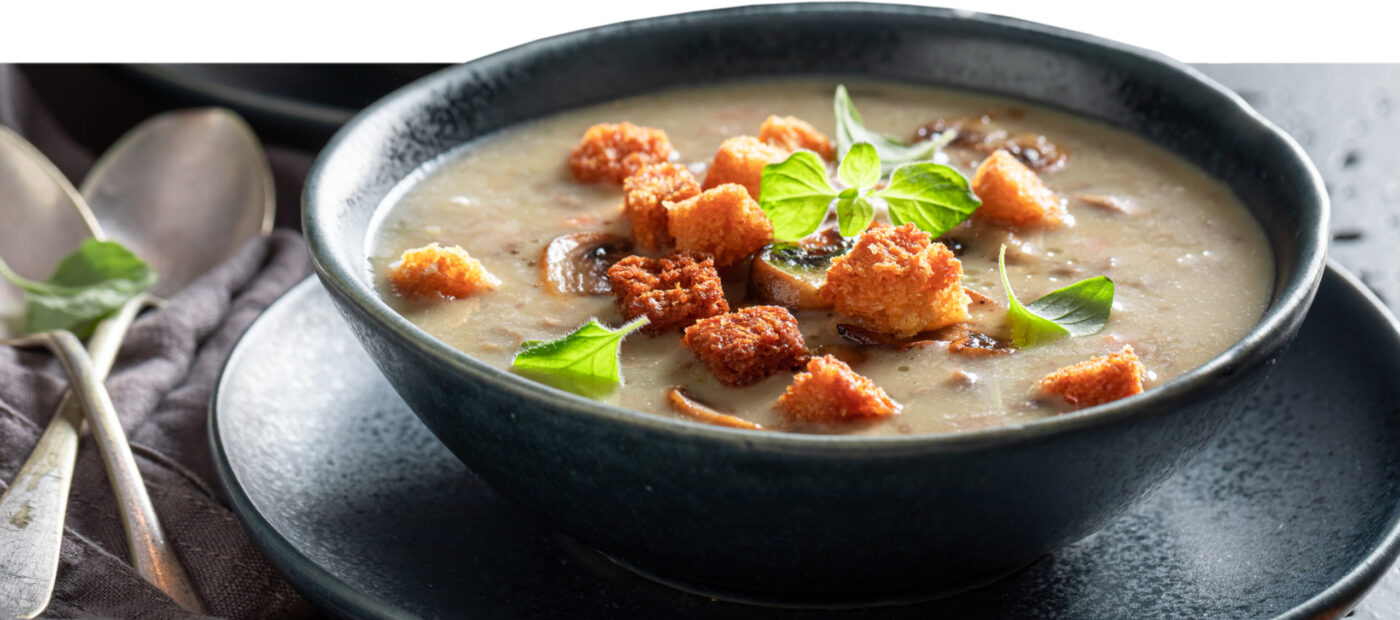
Texture Preferences: Exploring Our Mouthfeel Moods
Ever noticed how the feel of food in your mouth can make or break your meal experience? You know, how that perfectly crispy piece of fried chicken can make you swoon, or the way a silky-smooth chocolate truffle sends you straight to cloud nine? That’s right, texture preferences are a BIG deal when it comes to food, and we’re about to explore all the nitty-gritty details that make them so amazing in satisfying your mouth hunger!
Texture preferences are like a personal fingerprint of our mouthfeel desires. Some of us love the crunch of a potato chip, while others find solace in the soft embrace of a pillow-y marshmallow. These preferences can be influenced by various factors, such as our upbringing, personal experiences, and even our cultural background.
Now, let’s imagine you’re a kid again (oh, the good ol’ days!). Your mom serves you a plate of her famous spaghetti and meatballs. The noodles are cooked just right – not too firm, not too soft – and the meatballs are tender and juicy. This experience, among countless others, will shape your texture preferences as you grow up. And who knows, maybe you’ll become a die-hard fan of anything chewy and bouncy, like gummy bears or fresh mozzarella!
Culture also plays a significant role in our texture preferences. For example, if you grew up in a country like Japan, you might have a soft spot for the slippery smoothness of a perfectly prepared bowl of ramen. On the other hand, if you’re from Mexico, your heart might skip a beat for the satisfying crunch of a hard-shell taco filled with juicy carnitas.
Don’t forget that we can also be influenced by our friends and family – or even our favorite foodie influencers! Watching someone enjoy a food with a unique texture, like the delicate crackle of a crème brûlée or the playful pop of tapioca pearls in bubble tea, can ignite our curiosity and make us want to try it too.
And hey, let’s not overlook the fact that texture preferences can change over time. Maybe you once despised the sliminess of okra but now can’t get enough of it in a spicy gumbo. That’s the beauty of our ever-evolving palates – there’s always a chance to discover new textural delights!
Every time I bite into food that makes my mouth sing with joy, I take a moment to appreciate the wondrous world of textures that play such a crucial role in our culinary exploration. And, who knows? Maybe you’ll be inspired to try something new and exciting – like that weird yet intriguing fruit you saw at the grocery store. Go ahead, give it a try – you might just find a new texture to fall in love with! 😄
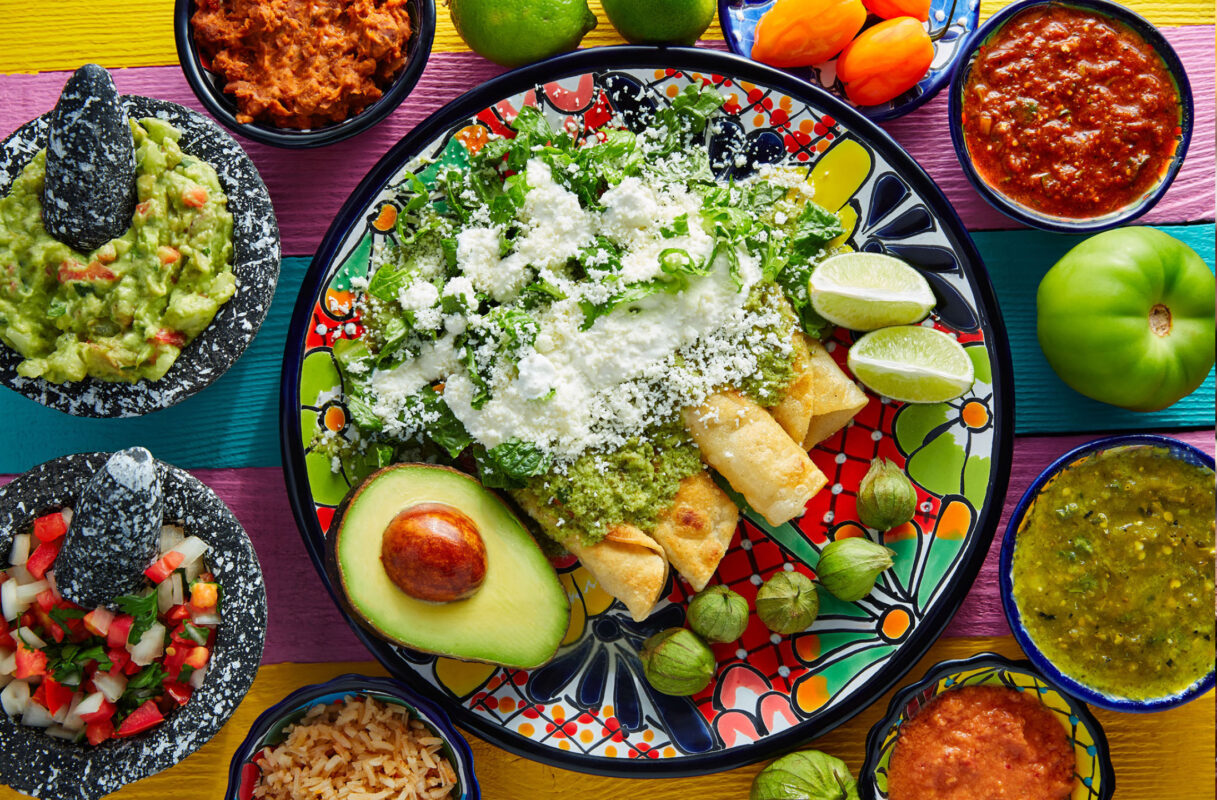
Warm Embrace or Cool Caress? Exploring Temperature Preferences in Our Food
Ever thought about how the temperature of your food can turn a good meal into a mind-blowingly amazing one? You know, like the way a steaming bowl of soup warms your soul on a chilly day or the refreshing chill of an ice-cold smoothie on a hot summer afternoon? Temperature preferences play a huge role in our love affair with food when it comes to satisfaction of mouth hunger. So let’s dip into this hot (and cold) topic!
When it comes to temperature preferences, we’re all like Goldilocks, searching for that “just right” sensation that makes our taste buds sing. Some of us adore hot and steamy dishes that make our mouths feel like a cozy, warm hug, while others can’t resist the cool, soothing allure of a chilled treat. But what makes us lean one way or the other? Let’s explore the factors behind our love for all things hot or cold!
First, let’s look at comfort. There’s just something about certain temperatures that can make us feel cozy and content, like curling up with a warm blanket or splashing in a cool pool. For instance, if you grew up in a cold climate, you might find those piping hot foods – like a bowl of steaming chili or a mug of hot cocoa – bring back memories of snuggling up by the fire on a snowy day. On the flip side, if you come from a tropical paradise, the chill of a frosty piña colada or a plate of ice-cold sashimi might transport you back to those carefree beach days.
Now, let’s touch on the sensory experience. The temperature of food can dramatically alter the way it feels and tastes in our mouths. A steaming hot slice of pizza might emphasize its gooey, melty cheese, while a cold pizza straight from the fridge might highlight its firm, chewy crust. Similarly, a scoop of ice cream is a world apart from the same flavor in a melted puddle – one is a creamy, frozen delight, while the other is a sweet, drinkable treat.
Cultural factors can also influence our temperature preferences. Just think about the difference between a traditional British afternoon tea, complete with warm scones and steaming cups of tea, and a Mediterranean mezze platter, filled with chilled dips and veggies. The culinary traditions we grow up with can shape our love for certain temperatures, making us crave those familiar sensations time and time again.
When I dig into a dish that’s either hot as lava or cool as a cucumber, I like to take a moment to savor the temperature that makes it oh-so-perfect. 😄

The Aromatic Connection: How Smell Influences Mouth Hunger
The interplay of aroma and flavor combinations can sometimes be even more satisfying than eating itself. That’s because our sense of smell is deeply connected to our emotions and memory, so a particularly enjoyable aroma can trigger feelings of happiness, nostalgia, or even comfort. This emotional connection can make our mouth hunger feel satisfied, even if we haven’t actually taken a bite of the food.
Moreover, the right aroma and flavor combination can elevate a dish to new heights, making it all the more enjoyable and mouth-hunger satisfying. For example, the aroma of garlic and onions sautéing in a pan can add a savory depth to a simple pasta dish, while the fresh scent of citrus can brighten up a rich, creamy dessert.
When I’m cooking up a storm in the kitchen or enjoying a meal at my favorite restaurant, I love to appreciate the rich array of scents and flavors at play. It’s truly amazing how these invisible molecules can have such a profound impact on our culinary experiences and how they can satisfy our mouth hunger in such delightful ways! 😄

Mouth Hunger and the Delicious Dance of Cultural and Regional Influences 🌍
Ever wondered why your taste buds dance with delight when you dig into a plate of your favorite comfort food, but your friend from another country just doesn’t seem to get the hype? Or maybe you’ve been adventurous enough to try an exotic dish, only to find it, well… not quite your cup of tea. Food preferences can be heavily influenced by cultural and regional factors, and these delectable differences are what make our culinary world such a fascinating place to explore!
Picture this: you’re visiting Italy, and you can’t get enough of that dreamy, creamy tiramisu. Your taste buds are in heaven, and you think to yourself, “How could anyone not love this?” But then, you meet a friend from Sweden who’s raving about their favorite dessert: Surströmming. You give it a try, only to discover that the pungent, fermented herring is not quite your idea of a sweet treat. It’s all about what we’re used to, and our cultural and regional backgrounds play a huge role in shaping our palate and our mouth-hunger cravings.
Consider the spicy kick of a fragrant Thai curry, the smoky deliciousness of American barbecue, or the delicate balance of sweet and savory in a Moroccan tagine. Each culture has its own unique flavors and ingredients that form the backbone of their cuisine, and growing up with these flavors can make them as comforting and crave-worthy as a warm hug from a loved one.
But it’s not just about the flavors! Our cultural and regional experiences can also influence our preferences for different food textures and mouthfeel. Imagine biting into a crispy, crunchy Chinese scallion pancake or savoring the smooth, velvety texture of a French crème brûlée. These mouth-hunger sensations can evoke powerful memories and emotions that are deeply rooted in our upbringing and the culinary traditions we’ve been exposed to.
And hey, let’s not forget that our world is becoming more interconnected than ever before, giving us the opportunity to explore new cuisines and ingredients from every corner of the globe! So even if you didn’t grow up with the tangy kick of a Mexican salsa or the earthy, aromatic flavors of Ethiopian spices, your taste buds can still learn to love them through exposure and adventurous eating.

Nostalgic Nibbles: How Personal Experiences Influence Our Mouth Hunger
You know how a certain dish or flavor can transport you straight back to the good old days, instantly filling your heart (and mouth) with joy? That’s the magic of personal experiences when it comes to satisfying our mouth hunger! Our individual journeys, memories, and emotions can play a significant role in determining what sends our taste buds into a frenzy of delight. So let’s dig into the delicious details and see how our past can influence our present cravings.
Our taste buds are like little memory banks, storing away snapshots of flavors and textures from our life experiences. Imagine: you’re biting into a scrumptious slice of your grandma’s famous apple pie, and suddenly you’re back in her cozy kitchen, watching her expertly weave the lattice crust together. That emotional connection to the pie, woven with memories and love, makes the dish all the more satisfying for your mouth hunger.
And it’s not just about home-cooked meals! Maybe you tried an exotic dish while traveling abroad, and the vibrant flavors imprinted themselves on your palate, leaving you craving more. Or perhaps you shared a special dessert with a loved one on a memorable date, and now that sweet treat holds a special place in your heart (and your mouth!). Our personal experiences shape our cravings and can make certain foods even more enjoyable, thanks to the emotional baggage they carry.
But it’s not all sunshine and roses – sometimes, our experiences can lead us to avoid specific foods. Maybe you got sick after eating too much of a particular dish, and now the mere thought of it makes your stomach churn. Or perhaps you associate a certain food with a negative memory, dampening your appetite for it. Our taste buds can be fickle creatures, swayed by both the good and the bad experiences we’ve had.
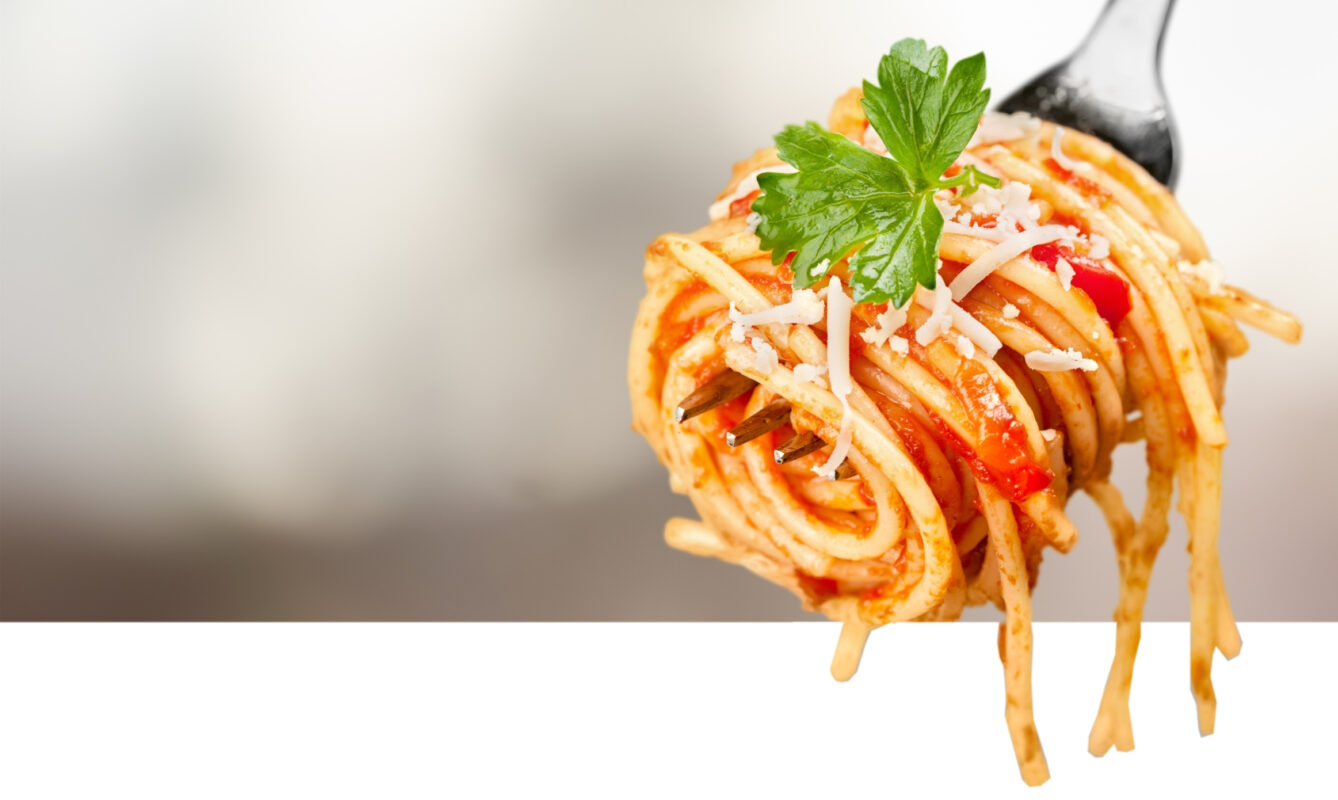
Unlocking the Secrets of Flavor: Mindful Munching for a Satisfying Experience
When it comes to truly enjoying a meal, it turns out the secret isn’t necessarily in the spices or the sauces. Instead, it’s about something a bit more personal: mindful eating. By being present and focused on the flavors and sensations happening in our mouths, we can unlock a whole new level of satisfaction and enjoyment.
Imagine sitting down to a plate of pasta with your all-time favorite sauce. The first bite is delightful, and so is the second. But suddenly, you find yourself deep in conversation with your friend about the best pasta dishes you’ve ever had, and before you know it, your plate is empty. Despite the delicious meal, you’re left feeling unsatisfied. This is what we call mindless eating, and it’s something we’ve all experienced.
Luckily, there’s a solution: mindful eating. Just a few minutes of mindful eating each day can lead to significant changes in how we experience food. When we’re fully present during our meals, we can truly savor each bite and feel more satisfied afterward.
To practice mindful eating, invite your mind to focus on the sensations in your mouth while you eat. Take that pasta scenario, for example. Instead of being distracted by conversation or the TV, really appreciate each mouthful. Notice the aroma of the sauce, the texture of the noodles, and the flavors as they meld together on your tongue.
By concentrating on the act of eating, you’ll not only derive more pleasure from each bite, but you’ll also find that a single plate can leave you feeling content. No more returning for seconds (or thirds!) only to have your stomach protest while your mouth still craves more. Mindful eating is the key to a fulfilling culinary experience.

Flavor Fiestas: Mastering the Art of Satisfying Mouth Hunger
When it comes to mouth hunger, our mouths are the ultimate thrill-seekers, always on the hunt for new sensations and exciting flavors. Born with a natural desire for food, our mouths crave variety in both taste and texture. But without mindfulness, our mouths can feel perpetually unsatisfied, urging us to eat more than we need.
You see, our mouths get bored pretty easily. They lose interest as we chew and flavors fade, and their attention wanes as once-crunchy textures turn mushy. In search of excitement, our mouths prompt us to take another bite, then another. If we’re not careful, we can find ourselves eating non-stop, snacking all day long, and consuming more than our bodies require.
So, how do we break the cycle and satisfy our mouth hunger without overdoing it? The answer lies in mindful eating.
It’s as if you’re enjoying a classic meal like a juicy cheeseburger with a side of crispy fries. You take the first bite, savoring the flavors and textures. But instead of quickly shoveling in another mouthful, you slow down and focus on each chew, staying present and attentive to the ever-changing sensations in your mouth.
By inviting Awareness and Curiosity to the party, even the most familiar meals transform into fascinating flavor fiestas. As you pay attention to the subtle shifts in taste and texture, you’ll find yourself truly appreciating and enjoying each mouthful. And the best part? You’ll feel satisfied without overindulging.
PRACTICES
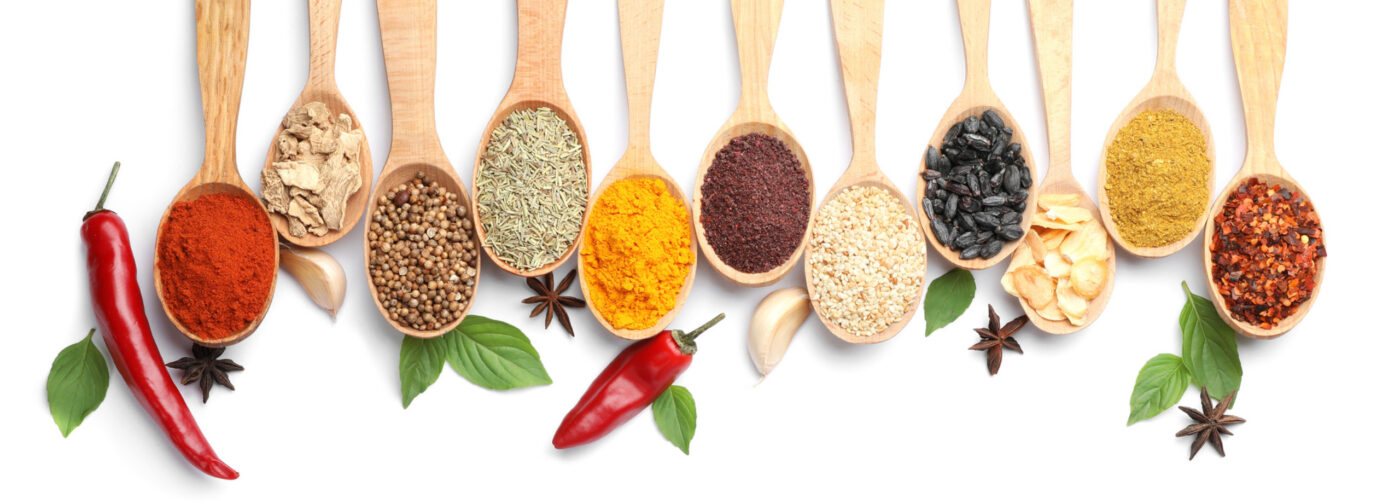
Mindful Mouth Party: The Ways to Satisfy Your Mouth Hunger
Do you ever find yourself craving something to eat, even when you’re not really hungry? It’ feels good to be aware of your mouth hunger and know how to manage it in an easy and engaging way. Here are some simple practices to help you master your mouth hunger:
- Unravel your mouth’s cravings: Throughout the day, pay attention to your mouth’s desires. What kind of signals does it send? Is it yearning for something salty, sweet, sour, crunchy, or creamy? Have fun deciphering your mouth’s unique cravings.
- Pause and rate your mouth hunger: Before diving into your meal, take a moment to admire your food. Gauge your mouth’s hunger on a scale of zero (not hungry at all) to ten (ready to devour everything). This quick check-in will help you eat more mindfully.
- Check-in during the meal: Set a reminder to pause every five minutes during your meal. How has your mouth hunger changed? You might be surprised by the difference a few mindful bites can make!
- Go distraction-free: To fully focus on your mouth hunger, avoid multitasking while eating. Put aside your book, phone, or TV remote, and dedicate your mealtime to enjoying your food.
- Temperature Experience: Experiment with foods at different temperatures. Compare cold, room temperature, and warm versions of the same food to see which one hits the spot for your mouth hunger.
- Tap into texture: Collect a variety of foods with different textures (e.g., crunchy, chewy, smooth, and creamy). Take turns savoring each texture and notice how your mouth feels after each sample. Is there a particular texture that makes your mouth sing?
- Quench your mouth’s thirst: When your mouth seems hungry, consider whether it might actually be thirsty. Try sipping water, juice, or tea to see if that satisfies the craving.
- Savor your drinks, too: Instead of gulping down your beverages, take the time to savor them. Hold the liquid in your mouth, swish it around gently (like a mini mouthwash party), and really taste it before swallowing.
- The Great Apple Experiment: Grab a half cup of unsweetened applesauce and a whole raw apple. Both have the same calories, but which one is more satisfying? Take a bite of each and compare the experiences. Will the smooth applesauce or the crunchy apple win your heart (and mouth)?
- Mix and Match Flavors: Create a mini buffet of bite-sized portions of various flavors – sweet, salty, sour, bitter, and umami. Enjoy each one and observe how your mouth responds. Discover which flavors bring the most satisfaction and balance to your palate.
- Chew, Chew, Chew Your Way to Satisfaction: First, rate your mouth hunger on a scale of zero (not hungry at all) to ten (famished). Next, eat a few bites of food, making sure to chew each bite at least 15 or 20 times. You’ll need some extra patience for this one! Finally, rate your hunger again. Did all that chewing change how satisfied you feel?
- Meditate on Your Tongue: Treat yourself to a calming meditation that focuses on your tongue and its role in sensing and experiencing food. It’s a unique and enlightening experience that you can find on a bonus track of the downloadable audio recording
These practices will help you tune into your mouth hunger and eat more mindfully. Give them a try, and soon you’ll be an expert in satisfying your mouth’s cravings while enjoying every delicious bite!
Beyond Food: Mastering Mouth Hunger in Everyday Life
Now that we’ve explored how to satisfy mouth hunger through mindful eating, it’s time to extend these lessons beyond the dinner table. By becoming more mindful and aware of our mouth’s desires and cravings, we can create a richer, more satisfying life outside of our meals as well.
Here are some ideas to help you master your mouth hunger in other aspects of your life:
- Mindful Communication: As you speak with others, take a moment to be present with the sensations in your mouth. Feel the way your lips, teeth, and tongue work together to form words. This simple act of mindfulness can help you slow down, listen more deeply, and connect more genuinely with others.
- Sensory Exploration: Our mouths are not just for eating; they also help us explore the world through touch, taste, and temperature. Try engaging your mouth in new sensory experiences, such as sipping a warm cup of tea, blowing bubbles, or even taking a refreshing plunge into cool water.
- Mindful Breath: Take a few minutes each day to focus on your breath. As you inhale and exhale, notice the sensations in your mouth, the temperature of the air, and the subtle taste on your tongue. By paying attention to your breath, you can cultivate greater awareness and presence in your daily life.
- Mouth-Healthy Habits: Cultivate a daily routine of oral hygiene that includes brushing, flossing, and using mouthwash. As you care for your mouth, notice the sensations and flavors that arise. By giving your mouth the attention it deserves, you’ll develop a greater appreciation for this essential part of your body.
- Savor the Sounds: Our mouths play a crucial role in our ability to enjoy music, whether we’re humming, singing, or whistling. Take some time to enjoy your favorite tunes and engage your mouth in the process. Sing along, whistle, or simply hum the melody, and revel in the unique sensations your mouth creates.
- Laughter and Smiles: Make a conscious effort to laugh and smile more often. As you do, notice how your mouth feels when it’s engaged in these expressions of joy. Let this awareness remind you of the many ways your mouth contributes to your overall happiness.
By incorporating these practices into your life, you can cultivate a deeper sense of mindfulness and appreciation for your mouth and its many gifts. As you learn to satisfy your mouth hunger in a variety of ways, you’ll not only enjoy food more fully but also experience greater satisfaction in other aspects of your life. So go ahead and let your mouth hunger guide you on a journey to a more mindful, fulfilling existence.
Be Alive 🌱
Love ❤️, Julia
Mindful Eating 🥢
Mindful Eating Meditation
GUIDED MEDITATIONS 💗
DISCLAIMER: The materials and the information contained on the Positive Pranic website are provided for general and educational purposes only and do not constitute any legal, medical, or other professional advice on any subject matter. None of the information on our videos is a substitute for a diagnosis and treatment by your health professional. Always seek the advice of your physician or other qualified health providers prior to starting any new diet or treatment and with any questions you may have regarding a medical condition. If you have or suspect that you have a medical problem, promptly contact your health care provider.



